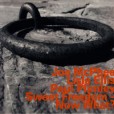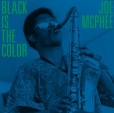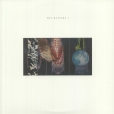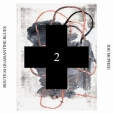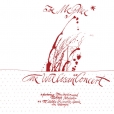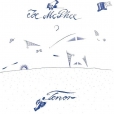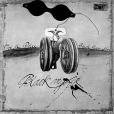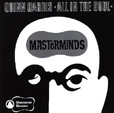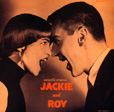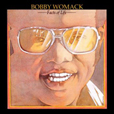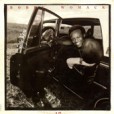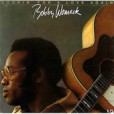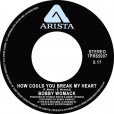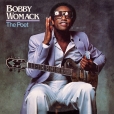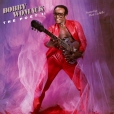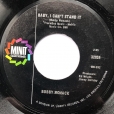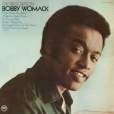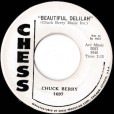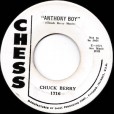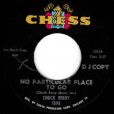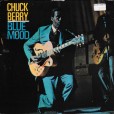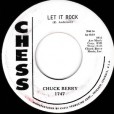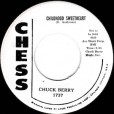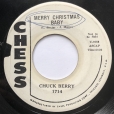Your basket is empty

‘Never-before-issued music from three very different settings in upstate New York, all recorded in the period running up to Nation Time.
‘First, from a year before, in the same hall at Vassar College, with soulful vibraphonist Ernie Bostic and a rhythm section of Tyrone Crabb and Bruce Thompson, both on Nation Time, performing a Trane-oriented set that included versions of Mongo Santamaria’s Afro Blue besides Naima, as well as McPhee-fave God Bless The Child. Deeply emotional and fiery playing with this unusual instrumentation — and it’s rare to find McPhee playing with a harmonically based instrument like vibes.
‘Also a quartet concert at a monastery in nearby New Windsor, with saxophonist Reggie Marks, playing a powerful combination of originals and the Patty Waters-associated traditional tune Black Is The Color.
‘Finally, three cuts document a more rough-and-tumble gig taped outdoors in the park at Poughkeepsie’s Lincoln Centre. A funky, bluesy, lowdown, explosive configuration, they feature vocals by one Octavius Graham, great drumming by Chico Hawkins, and Tyrone Crabb on electric bass.
‘This two-CD set has been lovingly transferred from original tapes in McPhee’s personal archives, and is augmented by newly discovered photographs of the concerts.
‘A spectacular deep dive into the pure magic of Mr. McPhee.’
Pure soul from Muscle Shoals in 1973. Heart-stopping interpretations of Carole King, Burt Bacharach, George Soule, Bob Dylan, George Jackson… he even makes an Aretha his own. Wonderful record.
